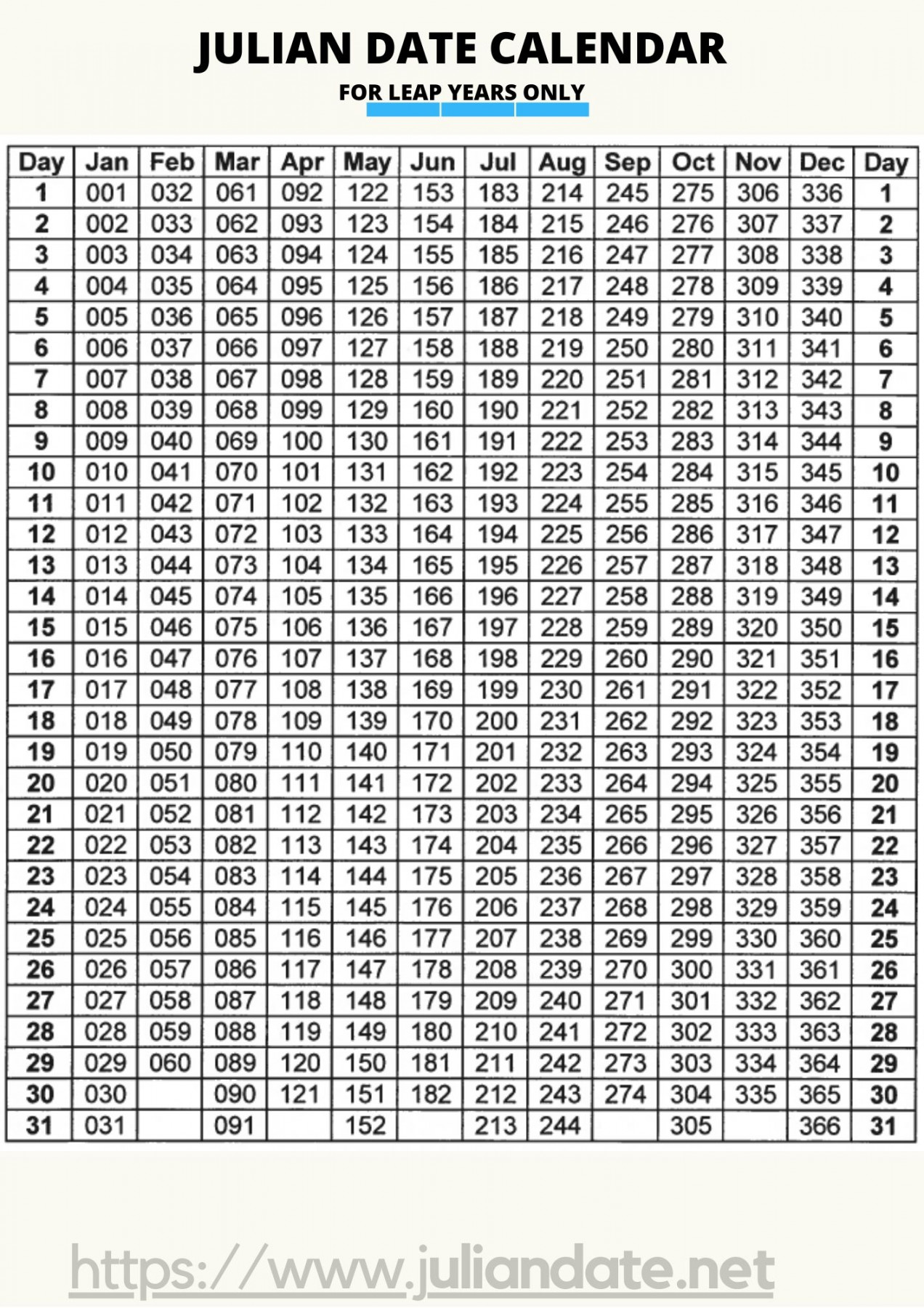5 ancient calendars that shaped how we measure time
Anyone with a busy social life will agree an accurate calendar is a handy thing to have, but historically they were vital for ensuring people had enough food to survive. As with anything important, getting people to agree on how best to do it is going to be a challenge. Today the Gregorian calendar is widely adopted but it isn’t the only one in use. Tracking time has gone from watching for seasonal changes to people realising there were cycles in the Moon, Sun, and stars that could be more effective. However, finding accurate relationships between them was a conundrum that all calendar makers faced.

1. Julian Calendar
Until 45 BCE, the Roman calendar was 12 months and spanned 355 days, with the occasional addition of a ‘mensis intercalaris’, an extra 27- or 28-day month between February and March. Julius Caesar sought to change this as the politicians responsible for deciding if there would be an extra month could abuse the power they had to lengthen a magistrate’s term in office.

With knowledge from his recent time spent in Egypt and the help of Greek mathematician and astronomer, Sosigenes of Alexandria, the Julian calendar was created. Lunar months were tweaked to closer fit a 365.25-day orbit of the Sun, with leap years successfully incorporated every four years, meaning no human intervention was needed. The Julian calendar remained in place until Pope Gregory XIII made minor adjustments in 1582 CE that stated centenary years wouldn’t be observed as leap years unless they were divisible by 400. This change corrects the 3.1 days the Julian calendar gains every 400 years and gave us the Gregorian calendar.
2. Egyptian Solar Calendar

Having measured the length of a solar year accurately to within 11 minutes and 14 seconds of the true value by 300 BC, the Decree of Canopus unsuccessfully attempted to integrate the use of leap years in 238 BCE. The Egyptian solar calendar was adopted in around 3000 BCE and like many others, its main purpose was to accurately predict an important natural event.
For the Egyptians, the new year began in what is now July, marked by the helical rising of Sirius, The Dog Star. Using the star’s reappearance at sunrise as a fixed point for the solar year to begin, they could accurately predict the annual flooding of the Nile River. These floods were Sirius business (I’m not even sorry), the surge of water flooded the desert valley and replenished the soil with much-needed nutrients imperative for successful farming.

3. Thai Buddhist Calendar
Buddhism is the predominant religion in Thailand with roughly 94% of people still following the teachings of Siddhartha Gautama (the Buddha), a Hindu prince who gave up his wealth to seek enlightenment. It also influenced how Thailand tracks time, particularly years.
The Thai solar calendar, similar to the Gregorian calendar, has been used for legal and commercial reasons since 1888 CE. It allowed them to fix the date of the traditional Thai new year’s celebration in April, which drifted under previous calendars due to the irregularity between the Moon’s cycle and the Sun’s. However, years in Thailand are still widely measured in BE- Buddhist Era, not a calendar as such but a year-numbering system beginning when Buddha attained nirvana. For the Thai calendar, this was set at 543 BCE, putting Thailand a mind-bending 543 years ahead of Western civilizations.
4. Celtic Moon Calendars
Many populations, including the Babylonians and Celts, measured days from sunset to sunset, marking longer periods at night. It’s from this practice that we use ‘fortnight’ for two weeks in the UK, with the now obsolete term ‘se’nnight’ meaning one week. In a similar fashion, Celts split their year into a dark half and a light half. The year began at the dark half with Samhain at the late October full moon, and the light half began at Beltane in early May.
The Celts followed a lunar calendar but noticed months would drift into other seasons. The Coligny calendar is an inscribed bronze plaque which demonstrates that, by the 2nd century CE, they had established a five-year cycle with an intercalary month inserted every 2.5 years to course correct based on the Metonic Cycle. This is a larger lunar cycle originally discovered by the Babylonians in around 500 BCE, whose name comes from Meton of Athens who rediscovered it in the 5th century BCE. It spans 235 lunar cycles, (approximately 19 years) at which point the Moon’s phases begin to recur on the same days.
5. Prehistoric Calendars
Built in around 2000 BCE, Stonehenge is perhaps one of the most visually impressive early calendars ever found. It takes into account the path of the Sun, Moon, and also specific constellations of stars. Using concentric circles of holes, pillars and archways it marks solstices and equinoxes with the help of the sunrise.
Predating Stonehenge by 6,000 years and the Mesopotamian calendars by nearly 5,000 years, the Warren Field Mesolithic Calendar is the earliest calendar found so far. Discovered in Aberdeenshire in 2004, the calendar is made up of twelve pits representing lunar months. These align with a prominent nearby topographic point at sunrise on the winter solstice to act as a fixed point. What makes this calendar more important is that it was created by hunter-gatherer settlers to track animal migration, not the sedentary farmers more commonly associated with monuments for tracking seasons.